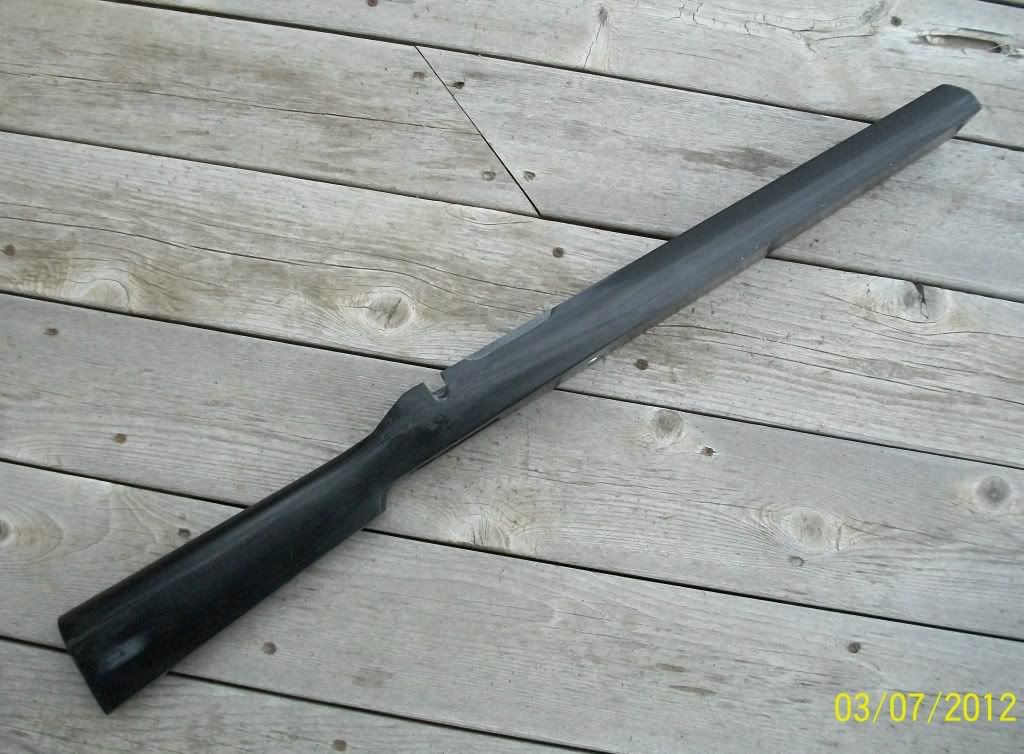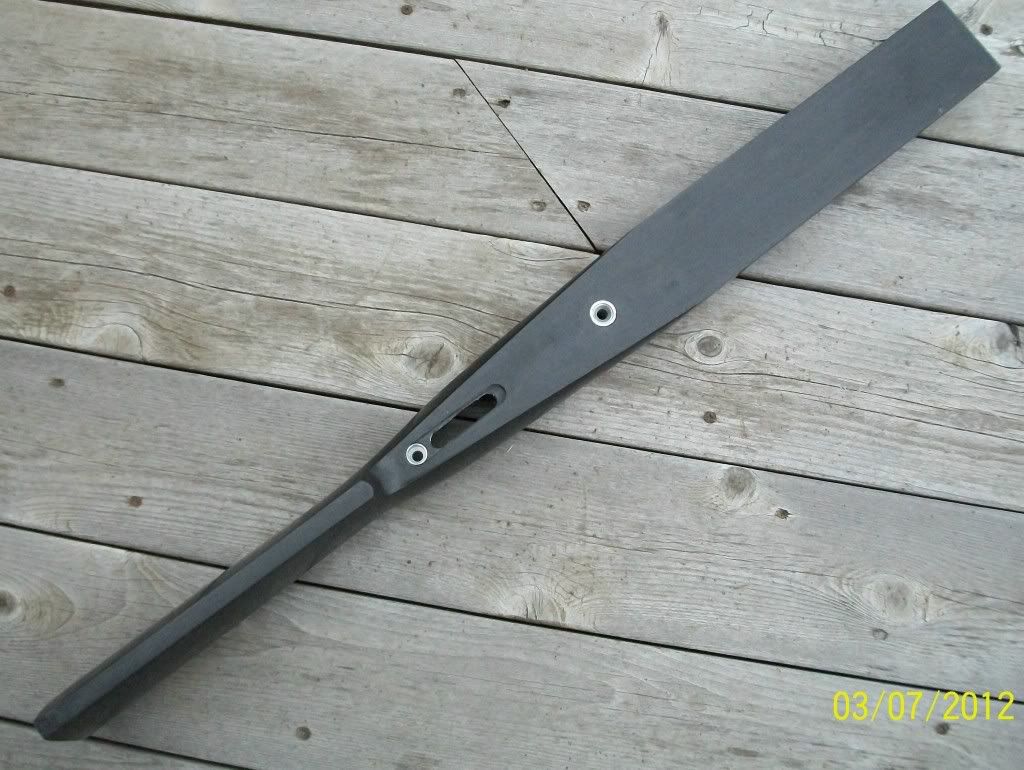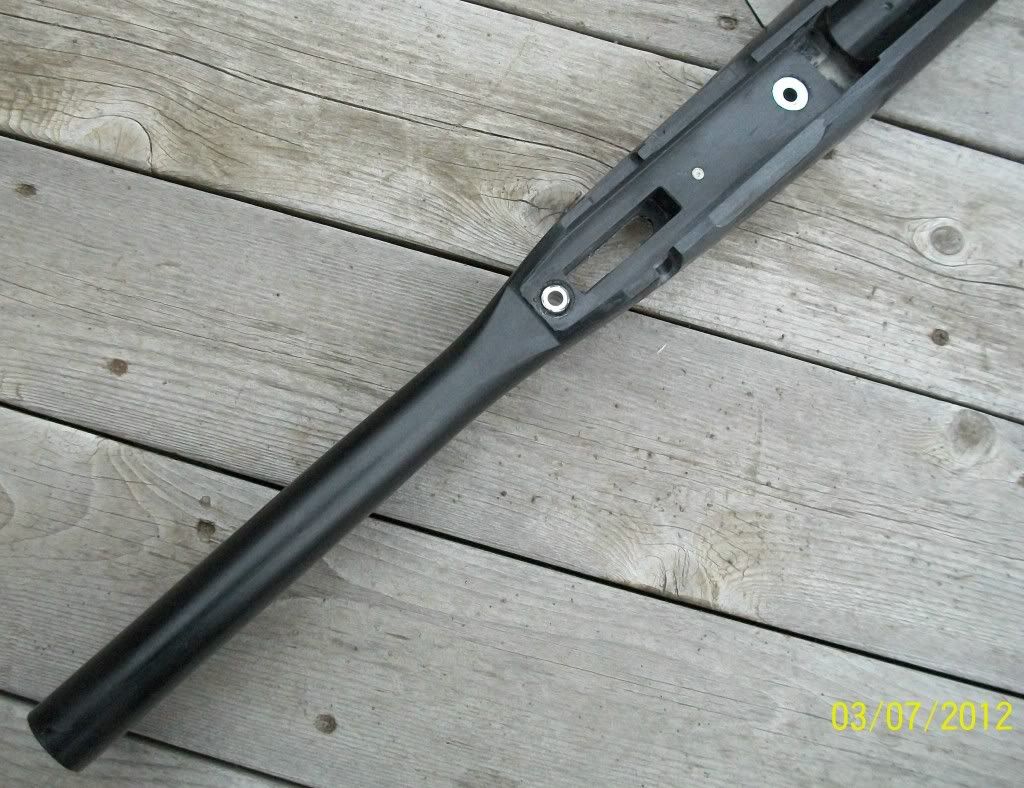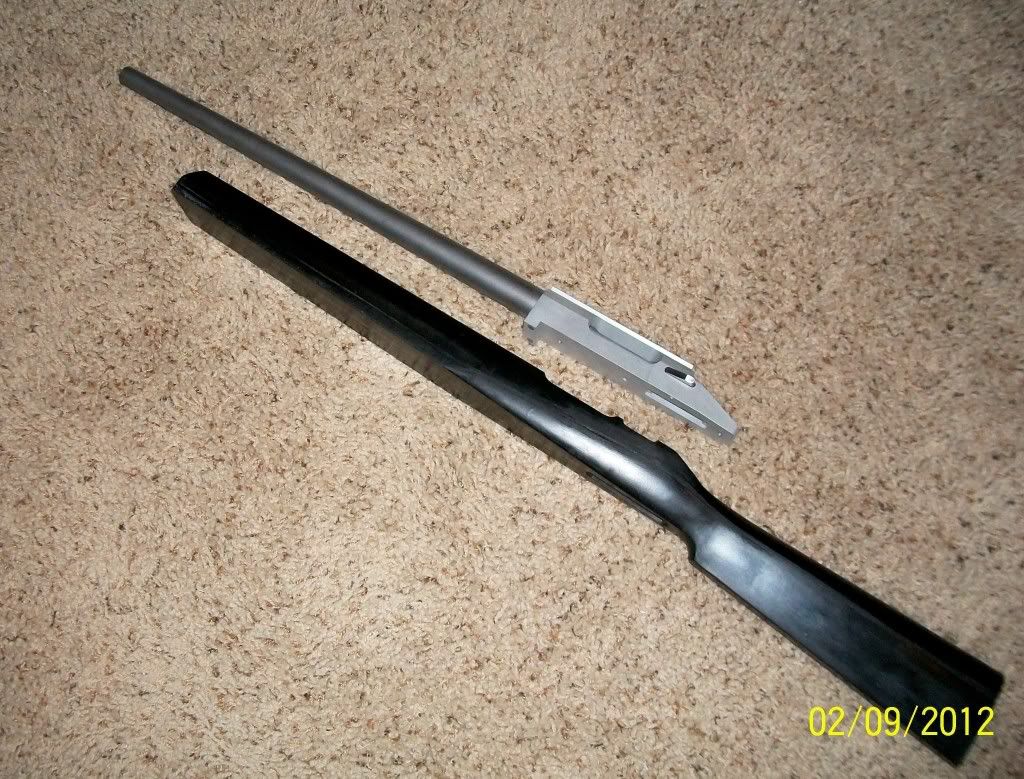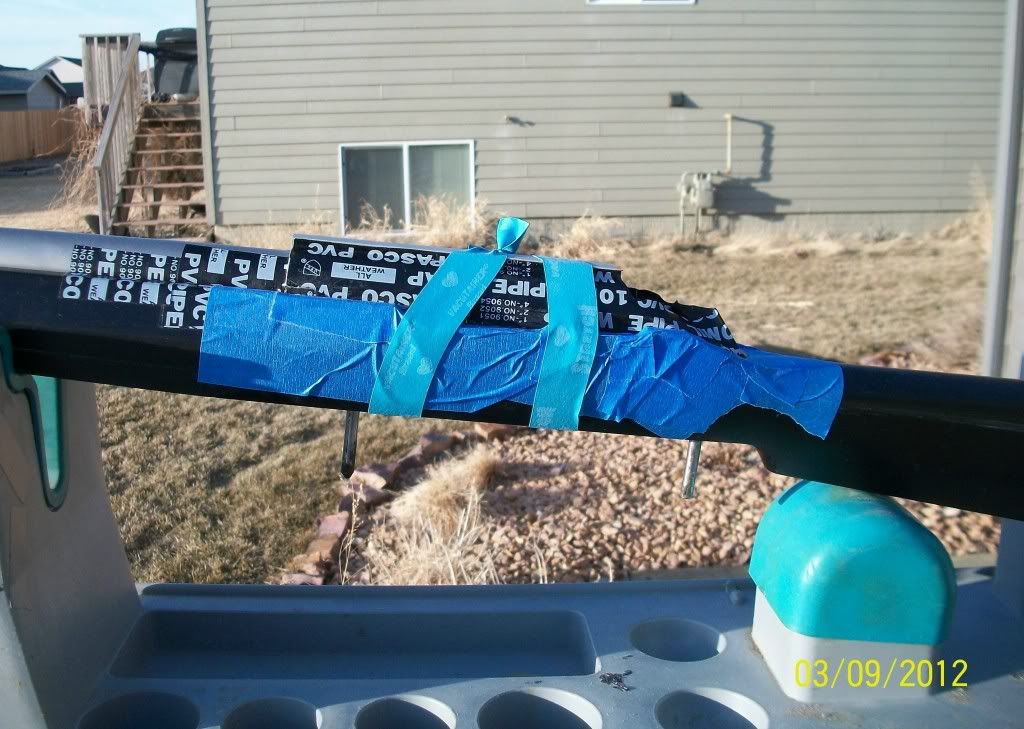Al,
After years of looking at maximizing stiffness as desirable, I have come to question this idea. In studying Varmint Al's information on how tuners work, I saw that there were several ways to have bullets exit the barrel so that there was some compensation for differences in velocity. They all involved slowing the swing of the projection of a line from the muzzle onto the target. Going the other way, increasing stiffness, would seem to make uniformity of velocity more critical. I have come to believe that like tight case neck clearance, and fit of brass at the back of chambers, that barrel stiffness may one of those things that can be taken farther than is functionally desirable. This is not to say that the stiffest barrels will not shoot well, but that there may be some advantage to their not being quite so stiff. Another person that expressed this thought was Harold Vaughn, who said that although increasing barrel weight was theoretical beneficial, that increasing stiffness might not show the same advantage. This was based on computer simulation, which I know is not infallible. Just stirring the pot while drinking my first cup of morning coffee.
Boyd
